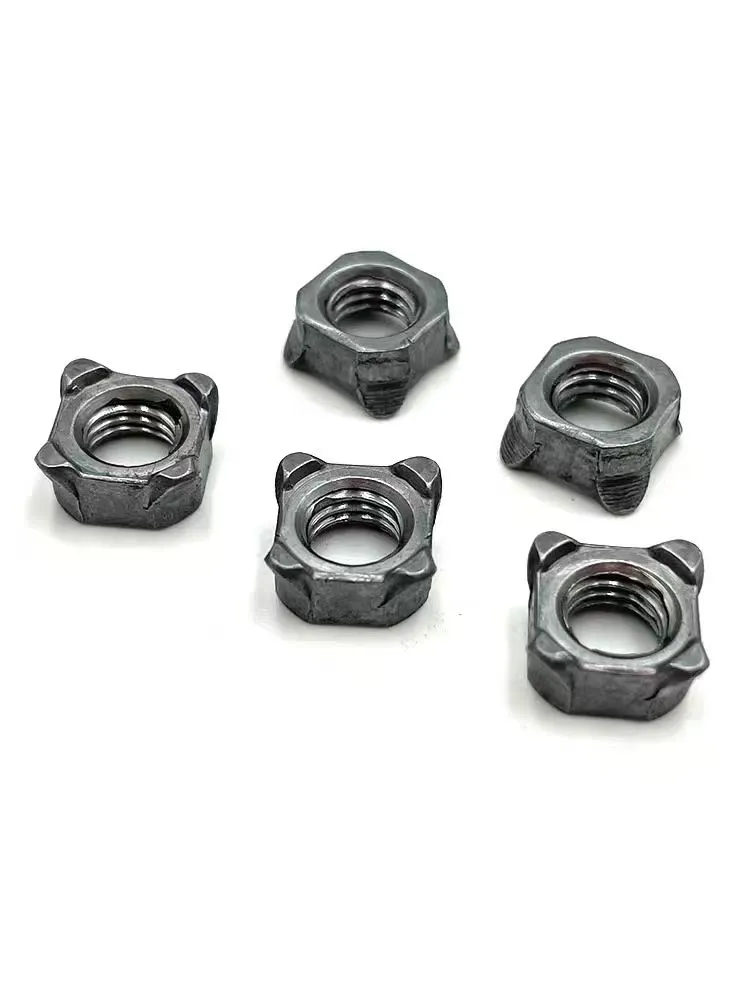

Exploring the Benefits of Self-Tapping Finishing Screws for Various Applications
Ноя . 01, 2024 01:21 Back to list
Exploring the Benefits of Self-Tapping Finishing Screws for Various Applications
Understanding Self-Tapping Finish Screws A Comprehensive Guide
Self-tapping finish screws are essential fasteners in a wide range of applications, from woodworking to construction and beyond. Unlike traditional screws that require a pre-drilled hole, self-tapping screws are designed to create their own hole as they are driven into materials. This unique feature not only improves efficiency but also enhances the integrity of the fastening joint, making them a popular choice among professionals and DIY enthusiasts alike.
What Are Self-Tapping Finish Screws?
Self-tapping screws come with a specialized tip that allows them to penetrate various materials, including wood, metal, and plastic, without the need for pilot holes. When the screw is driven into a substrate, its unique thread design cuts into the material, effectively creating a tight fit. This self-initiating capability reduces labor time and ensures a more secure installation.
Finish screws, specifically, feature a lower-profile head designed for a more aesthetic appearance. They often have a sleek finish that can be seamlessly integrated into visible surfaces, minimizing the appearance of the fastener. These screws are commonly used in furniture assembly, cabinetry, and other projects where aesthetics are paramount.
Varieties and Materials
Self-tapping finish screws come in various shapes and sizes to accommodate different applications. The common head types include flat, pan, and round, which can be chosen based on the specific requirements of the project. The choice of material is also crucial; stainless steel, for instance, offers excellent rust resistance, making it suitable for outdoor use, while zinc-plated screws provide a good balance of strength and corrosion resistance for indoor projects.
Installation Tips
When using self-tapping finish screws, it's important to choose the right size and type for your specific application
. Here are a few tips to ensure optimal performanceself tapping finish screws

1. Select the Right Drill Bit Although self-tapping screws do not require a pilot hole, pre-drilling can help achieve better results in tougher materials. Select a bit that matches the diameter of the screw's core.
2. Correct Screwing Technique Use a power drill or screwdriver with adjustable torque settings. Start at a low torque to avoid stripping threads, gradually increasing as needed.
3. Material Consideration Evaluate the material you are fastening into. Thicker materials may require longer screws, while softer materials can be fastened with shorter variants.
Applications
Self-tapping finish screws are versatile and widely used in various industries. Their primary applications include
- Furniture Manufacturing To create sturdy connections in shelves, tables, and cabinets while maintaining aesthetics. - Construction For fastening drywall, metal sheets, and roof panels, ensuring a robust and durable build. - Automotive Installed in various assemblies, their resistance to corrosion is particularly valuable in this setting.
Conclusion
Self-tapping finish screws are a practical addition to any toolbox. Their ability to streamline the fastening process and deliver a clean finish makes them suitable for numerous applications across different fields. By understanding their features and best practices, you can enhance the quality of your projects while saving time and effort. Whether you’re embarking on a home improvement task or tackling a larger construction project, consider incorporating these screws for optimal results.
Latest news
-
Best Self Tapping Screws for Drywall - Fast & Secure Installation
NewsJul.31,2025
-
High-Strength Hot Dip Galvanized Bolts-Hebei Longze|Corrosion Resistance&Customization
NewsJul.31,2025
-
Hot Dip Galvanized Bolts-Hebei Longze Metal Products|Corrosion Resistance&High Strength
NewsJul.31,2025
-
Hot Dip Galvanized Bolts-About LongZe|High Strength, Corrosion Resistance
NewsJul.30,2025
-
High-Strength Hot Dip Galvanized Bolts - Hebei Longze | Corrosion Resistance, Customization
NewsJul.30,2025
-
Hot Dip Galvanized Bolts-Hebei Longze|Corrosion Resistance&High Strength
NewsJul.30,2025

